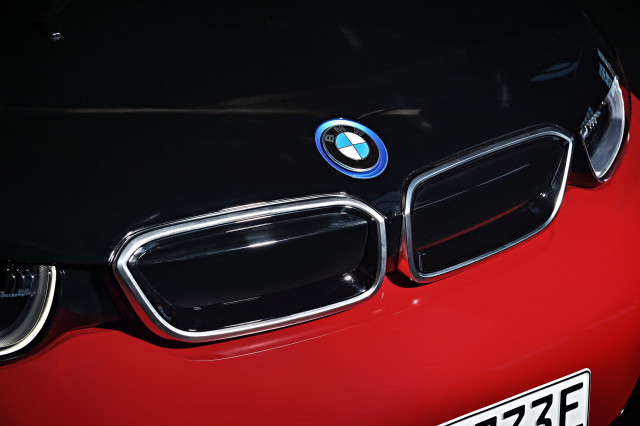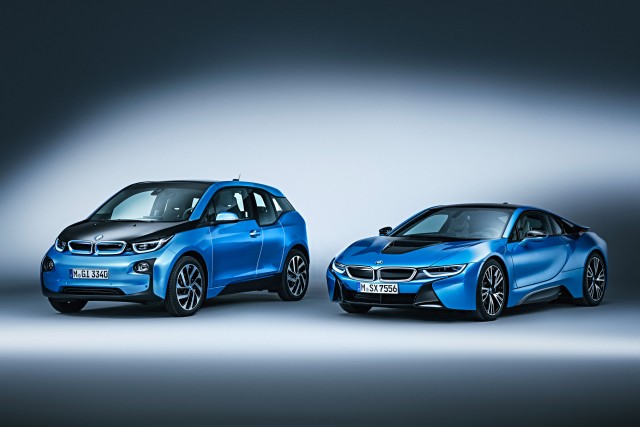BMW says it can build electric cars and regular ones on same platforms: interview
As the auto industry plans more electric cars in higher volumes for the 2020s, one of the great debates is whether they will need to be designed from the ground up solely for battery power.
Doing so allows designers to offer larger cabins due to the more compact drive motors and electronics.
One of the best examples of that idea is the upcoming Jaguar I-Pace electric SUV.
DON'T MISS: BMW will have 25 electric cars, plug-in hybrid models by 2025
The I-Pace design is clearly that of a Jaguar, but its proportions include a shorter nose and longer cabin than would be possible in a gasoline-powered crossover of the same shape and footprint.
VW Group has decided its future electric vehicles will all be built on a dedicated architecture known as MEB, with the first one—the Volkswagen ID hatchback—going into production late next year.
But BMW is going against the flow, following a radical 2016 restructuring of its future electric-car lineup for 2019 and thereafter.
Worse than it appears. The next BMW i3, from the latest CAR magazine. @greenofrichmond pic.twitter.com/qhDQHDvYjE
— Jim Zellmer (@jimzellmer) January 23, 2018
The company believes that the next generations of its two core platforms can serve equally well for vehicles powered by engines—with or without plug-in hybrid capability—and those running exclusively on energy stored in a large underfloor battery pack.
One platform is the next version of the FAAR front-wheel-drive platform that underpins today's Mini Cooper range and BMW X1 small crossover. It now offers all-wheel drive either via mechanical drive or using a rear electric motor.
The other is the CLAR architecture first used for the latest 7-Series and 5-Series large sedans, which has been "re-engineered to accommodate combustion, hybrid, and EV drivetrains," according to Car magazine in the U.K.
CHECK OUT: BMW 'i' electric-car sub-brand to expand into SUVs, utility vehicles, with 'iX' models
We sat down for a brief chat at last week's Detroit auto show with Stefan Juraschek, the head of BMW's Electric Powertrain group and a man deeply enmeshed in plug-in electric vehicles to be launched over the next two to 10 years.
He declined to answer a number of the questions we asked, including the structural specifics of how future vehicles would vary.
But he confirmed that BMW believes its two architectures—in the form of "modular kits" of components—are fully capable of serving both cars with powerful engines and those with large battery packs and more compact electric drive motors.
Summarizing the conversation, Juraschek's points included:
- The BMW i3 and i8 launched as 2014 models were cutting-edge for their time, but the company has learned a great deal about real-world use of electric cars since then
- Its modular architecture kits, under development for three years now, will underpin every vehicle it makes for the next 10 years
- BMW now has "confidence for the future" that its "modular kit" of components provides a "whole bandwidth of architectures" suitable for everything from battery-electric cars to plug-in hybrids
Juraschek's points continue on the following page.


Email This Page